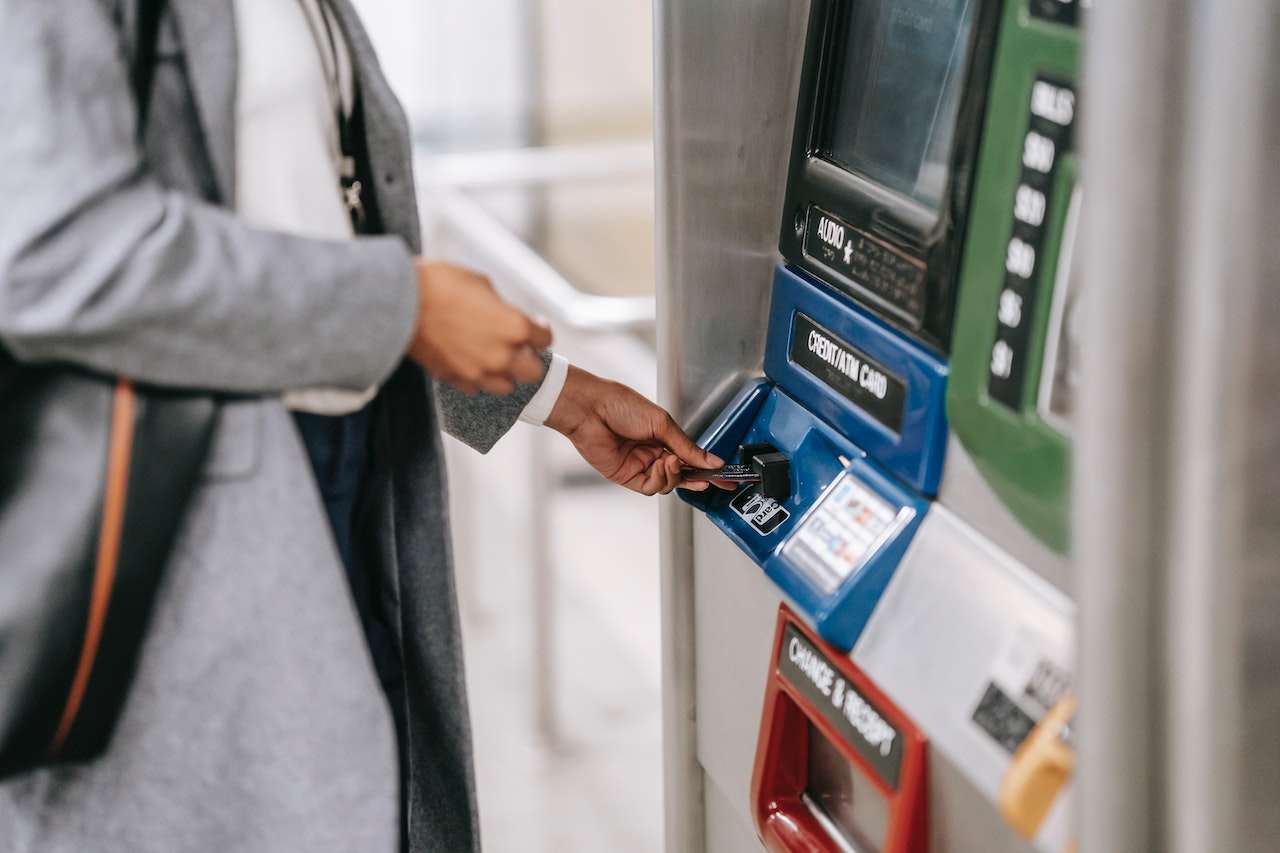Digital banking is no more about digitizing banking channels or products. It’s about digitizing the core utility of a bank. Since the advent of banking, the core utility of banks has simply been the trust customers place in them to safeguard their financial resources. With the passage of time, banks have used technologies to deliver this utility to their customers through different mediums.
However, banks have the tendency to pave the cow path and digitize long-standing, obsolete operational models. What a bank of the future needs, instead, is to rethink its role in its customers’ lives and to offer ease of access to its utility. Let’s see how banks can do this and the technologies that play a key role in it-
Voice
Voice is the next big technology poised to reinvent the financial service industry. Capital One is now using Amazon’s Alexa to help customers pay their credit card bills. But, this is yet another example of iterative thinking where Capital One used an already existing product (credit card) and put it on a voice channel.
The golden opportunity for banks lies in rethinking their operating model and using voice as a unique identifier. A customer’s voice can simply be attached to a value store forgoing the plastic credit card or a 16 digit number to make the payment. Similarly, it can be used to access other lines of credit, check account statements, get financial advice or engage in just about any other financial activity.
Robotic Financial Advisors
Traditionally, financial advisors have been human beings that manage assets and offer advice. However, banks should integrate with the lives of customers to the extent that consumers should readily ask Siri or Alexa if they can afford to go out for dinner. In case of retirement plans, they should be able to ask how much to save each week for retirement. Or how much should someone save each week to pay off a student loan or a HELOC.
These are questions a smart bank account should be able to answer. And, Robo Advisors are the answer to this question and they are already doing so. In fact Robo advisors beat humans by 11-12 % in 2017 in terms of return on the portfolio.
Blockchain and AI based Regulators
Blockchain-based systems combined with Artificial Intelligence can ensure that regulatory compliance does not require human intervention at all. That is, regulators can become primarily AI based. Today in AML, a transaction is tracked and data gathered, passed off to the central bank to combine the reports and check for criminal activity. However, with AI-based regulators, flows of money can automatically be tracked to monitor and determine suspicious activities and take the requisite actions.
Similarly, AI can be leveraged to combat fraud. KYC does not have to be a bank’s job. A customer can be identified based on a unique set of data –their occupation, facial identifiers, and defining biometrics. Banks may be trusted parties that seed identity algorithms into the public, private or commercial identity databases. And, this can play a key role in combating identity theft.
The Right Cloud
Cloud-based platforms are the foundations to a scalable banking architecture. Your bank must be cloud-based to take advantage of frameworks like identity, cryptography, and security. Further, cloud-based banking simplifies regulatory compliance as regulators can increasingly monitor a bank’s compliance performance through RegTech strategies that analyze the easily gathered data.
Be it a commercial, private or public cloud database, cloud computing holds the keys to the future. Without this key capacity, your bank stands no chance against Fintech competition as more and more upcoming Fintechs are cloud-based, not less.
Mobility
Mobile is one of the most preferred banking channels today, and the bank account is increasingly being seen as an artefact that exists on a mobile phone. It is estimated that from 2010 to 2030 nearly 2.5 billion people will enter the financial services ecosystem and 95% of them would never have visited a bank branch.
Bank of America has launched Erica, a mobile phone-based banking assistant. BoA plans to extend Erica’s capabilities to offer financial guidance by analyzing consumer behavior and using predictive analysis to assess financial habits and offer guidance. And, it is no wonder that the bank has increased its mobile user base by 5% in just six months.
The Way Forward
Fintechs, P2P lenders and other alternative financial services players are coming up with increasingly innovative business models. The only way traditional banks can survive in the coming future is by being more innovative with their business models. Simply appending futuristic technologies isn’t going to suffice. Banks need to go back to the drawing board and build from the bottom up.
You might be interested in



